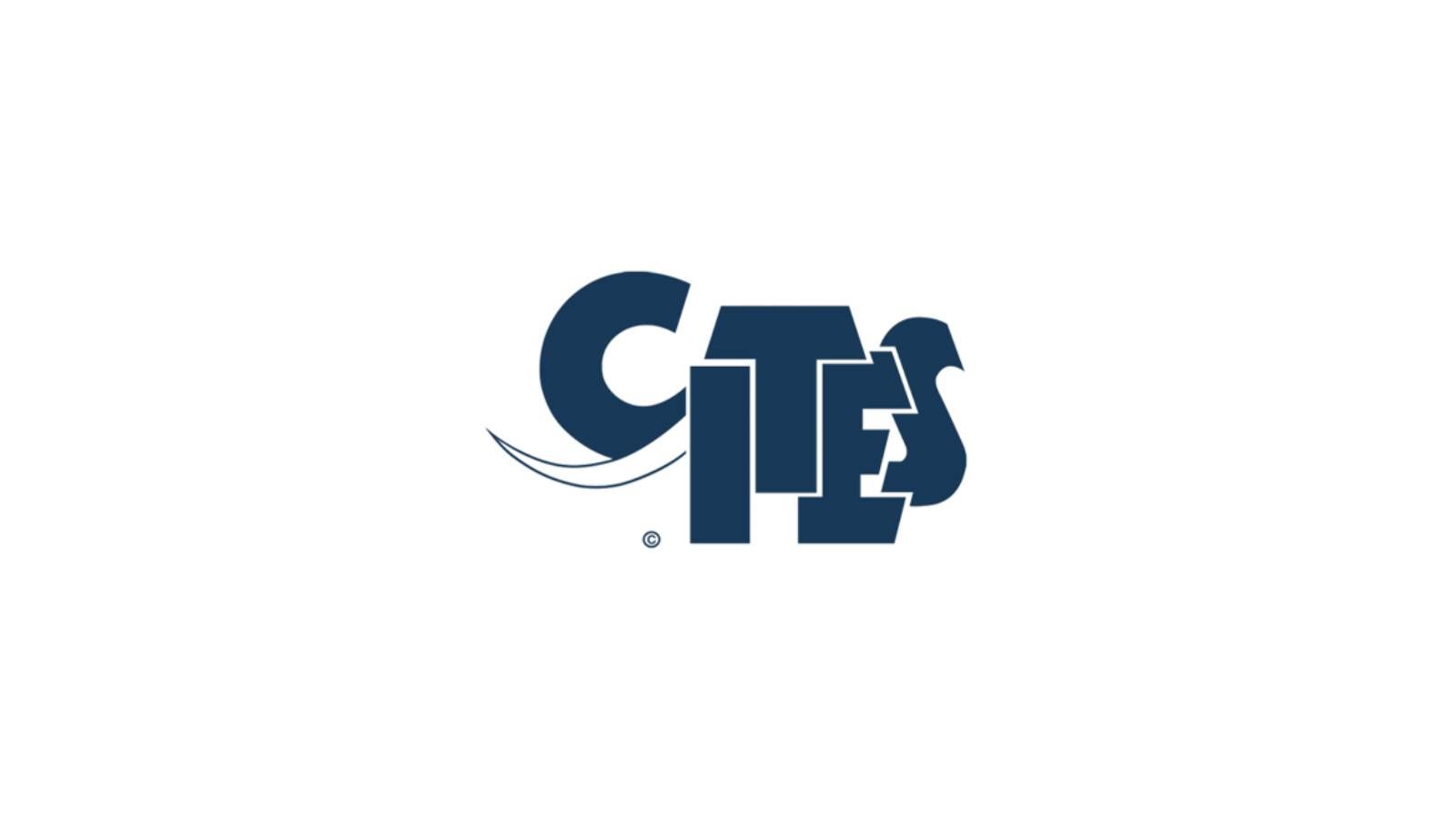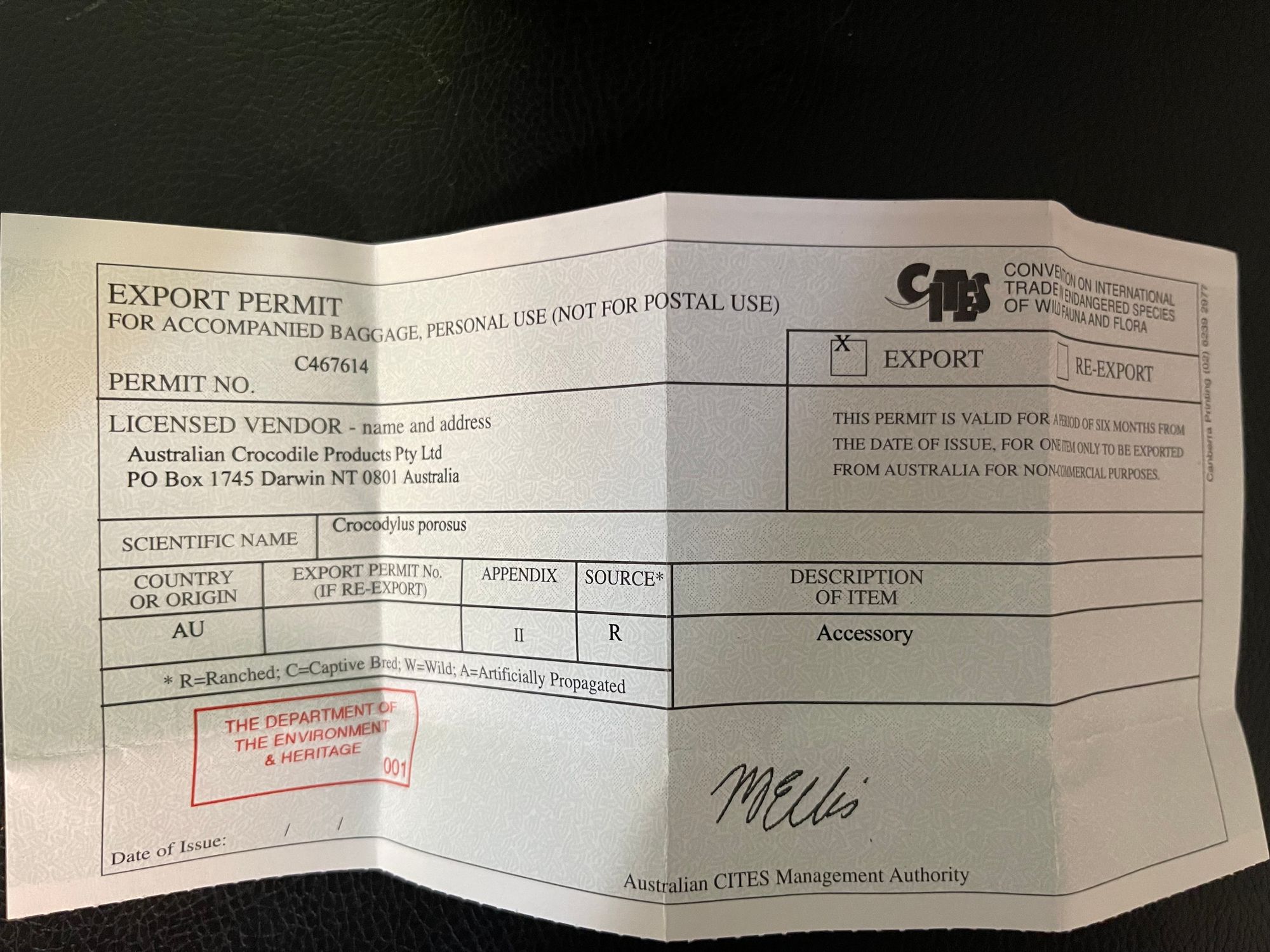Understanding CITES: Protecting Our World's Endangered Species

Introduction
When it comes to exotic leathers and products made from them, there's a crucial aspect every conscious consumer should be aware of: CITES. The Convention on International Trade in Endangered Species of Wild Fauna and Flora (CITES) is an international agreement designed to ensure that global trade does not threaten the survival of wild animals and plants. Let's dive into the details of this essential protective measure:
What is CITES?
CITES is a treaty drawn up in 1973 to protect wildlife against over-exploitation and prevent international trade from threatening species with extinction. Today, it's one of the most valuable tools the world has to regulate the global trade in wildlife species and their products, including leather goods.
How Does CITES Work?
CITES works by subjecting international trade in specimens of selected species to certain controls and regulations. These species are listed in three Appendices according to the level of protection they need.
- Appendix I includes species threatened with extinction, for which trade is permitted only in exceptional circumstances.
- Appendix II covers species not necessarily threatened presently, but may become so without trade controls. Commercial trade is allowed but regulated.
- Appendix III includes species protected in at least one country, which has asked CITES parties for assistance in controlling the trade.
The Role of CITES in Leather Trade
In the context of the leather industry, CITES plays a significant role in controlling the sourcing and trade of exotic leathers. Certain species, such as crocodiles, alligators, and some types of snakes and lizards, fall under CITES regulations.
When buying a product made from an exotic leather, a CITES certification helps assure consumers that the leather has been sourced responsibly. This certification is particularly crucial when transporting or selling these items across international borders.
Here is an example of a CITES certificate attached to a crocodile belt I had imported from Australia:

Conclusion
CITES plays an important role in preserving our planet's biodiversity by regulating the international trade of endangered species. As consumers, understanding and respecting CITES regulations is a crucial step towards promoting sustainability and preventing the unnecessary harm of wildlife.
For more information and updates on the leather industry, sustainability practices, and responsible consumerism, don't forget to subscribe to our newsletter!

